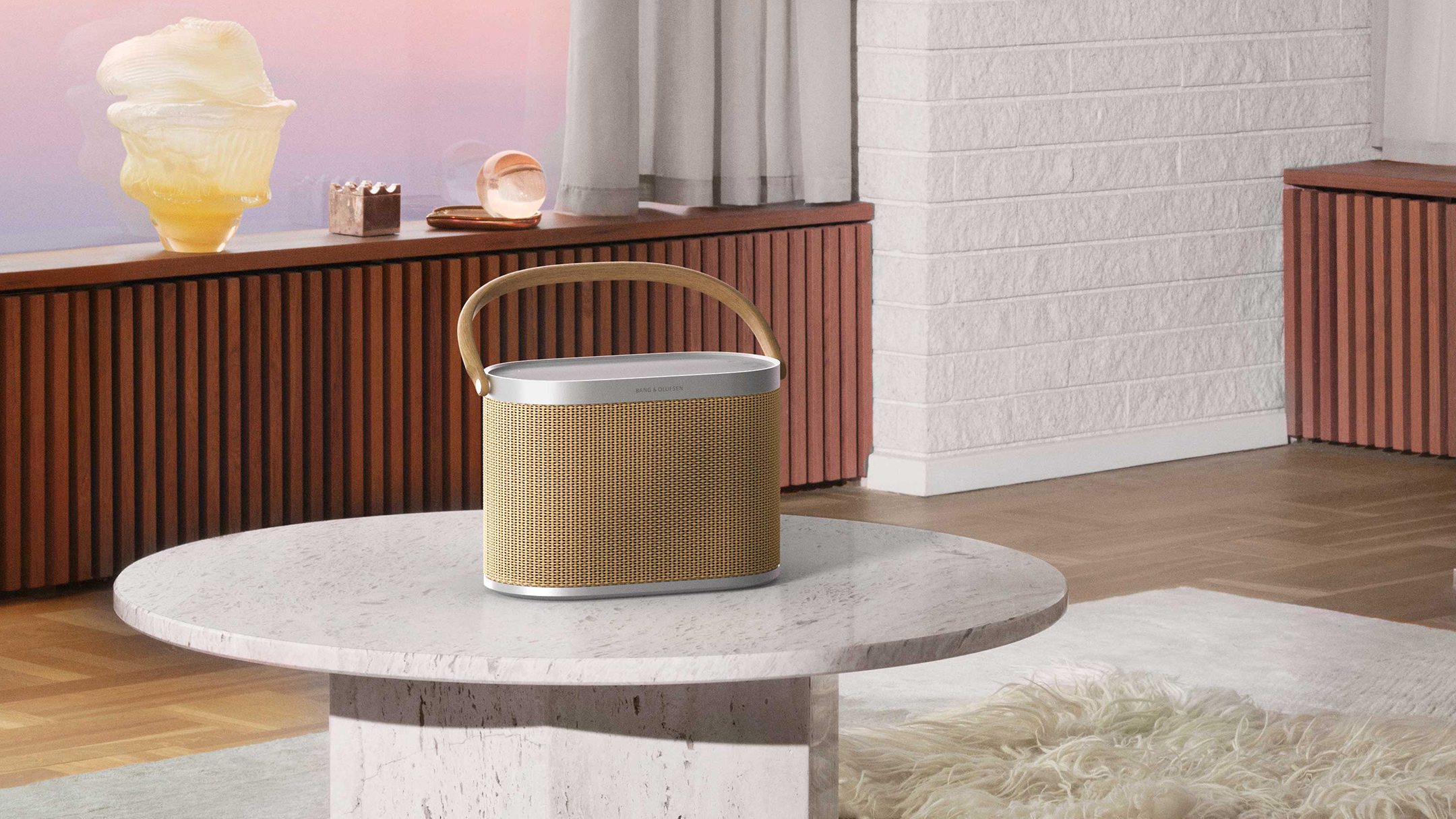
Anyone even passingly familiar with Bang & Olufsen will make an assumption or two about any new product the company launches in the best wireless speaker category. And in some ways, the Beosound A5 doesn’t confound anyone’s expectations.
Hands up, though, if you had confidently assumed the latest Bang & Olufsen battery-powered wireless speaker would arrive disguised as a picnic basket. What tasty treats lie within? Well, let's find out in our Beosound A5 review...
B&O Beosound A5: Price & Availability
The Bang & Olufsen Beosound A5 is on sale now, and in the United Kingdom it’s priced at £899. That translates to $1099 in the United States, and AU$1649 in Australia.
Just as importantly, this makes the Beosound A5 the most expensive battery-powered portable wireless speaker around, and by a distance. And this is not even the price for the most expensive version.
If you prefer the ‘dark oak’ finish, with oak slats and black anthracite aluminium (where our review sample features the ‘nordic weave’ paper fibre finish with silver aluminium), then you’re looking at £999/$1199/AU$1799.
All of which begs the question: what the actual?
B&O Beosound A5 review: Features & What's new?

As has become customary with Bang & Olufsen’s Beosound products lately, where specification and features are concerned the A5 is a combination of the impressive, the ordinary and the unknown.
The Beosound A5 is built on Bang & Olufsen’s ‘Mozart’ platform. It means the A5 is easy to service, simple to repair, and can have its streaming module easily replaced should the need arise (or technological advances make it necessary). B&O also wants to extend the A5’s existence beyond ‘first life’ by supporting reusing, recycling and remanufacturing - the company calls these principles ‘circularity’.
A four-strong array - a 130mm bass driver, a couple of 50mm midrange drivers and a 20mm tweeter - enjoy 280 watts of Class D amplification. They’re beam-forming drivers (an innovation Bang & Olufsen pioneered in some of its far more expensive Beolab range of speakers), and the intention is to create 360-degree (or ‘omni’, as B&O refers to it) sound. That’s distinct from spatial audio of the sort the Sonos Era 300 creates, you understand - Dolby Atmos and all the other clever spatial audio algorithms are not catered for here.
Wireless connectivity is via Bluetooth 5.2, while Wi-Fi 6 means Apple AirPlay 2, Chromecast, Spotify Connect and Tidal Connect are available. The A5 is IP65-rated, so should be more than able to put up with a little inclement weather if you decide to take it further than the bottom of the garden.

No matter how far afield you go, an achievable battery life of 12 hours means you can stay all day. Recharging is via USB-C - and there’s a Qi patch on the speaker’s top surface so you can charge your smartphone if you’re out and about. Obviously this will eat into the A5’s own battery life, though.
So far, so partially impressive and partially ordinary. As far as ‘unknown’ goes, we’re talking about the native resolution of the DAC (digital-to-analogue converter), the Bluetooth codecs with which the speaker is compatible, and the material from which the speaker drivers are made.
That last one is probably not the end of the world unless you’re as geeky as I am, but surely anyone who’s contemplating doing the thick end of a grand on a wireless speaker is going to want to know if it’s Hi-Res Audio capable or not? This sort of expenditure on a wireless speaker seems to suggest, quite strongly, that prospective owners will have the money for a top-tier hi-res music streaming service subscription too, after all.
B&O Beosound A5 review: Performance
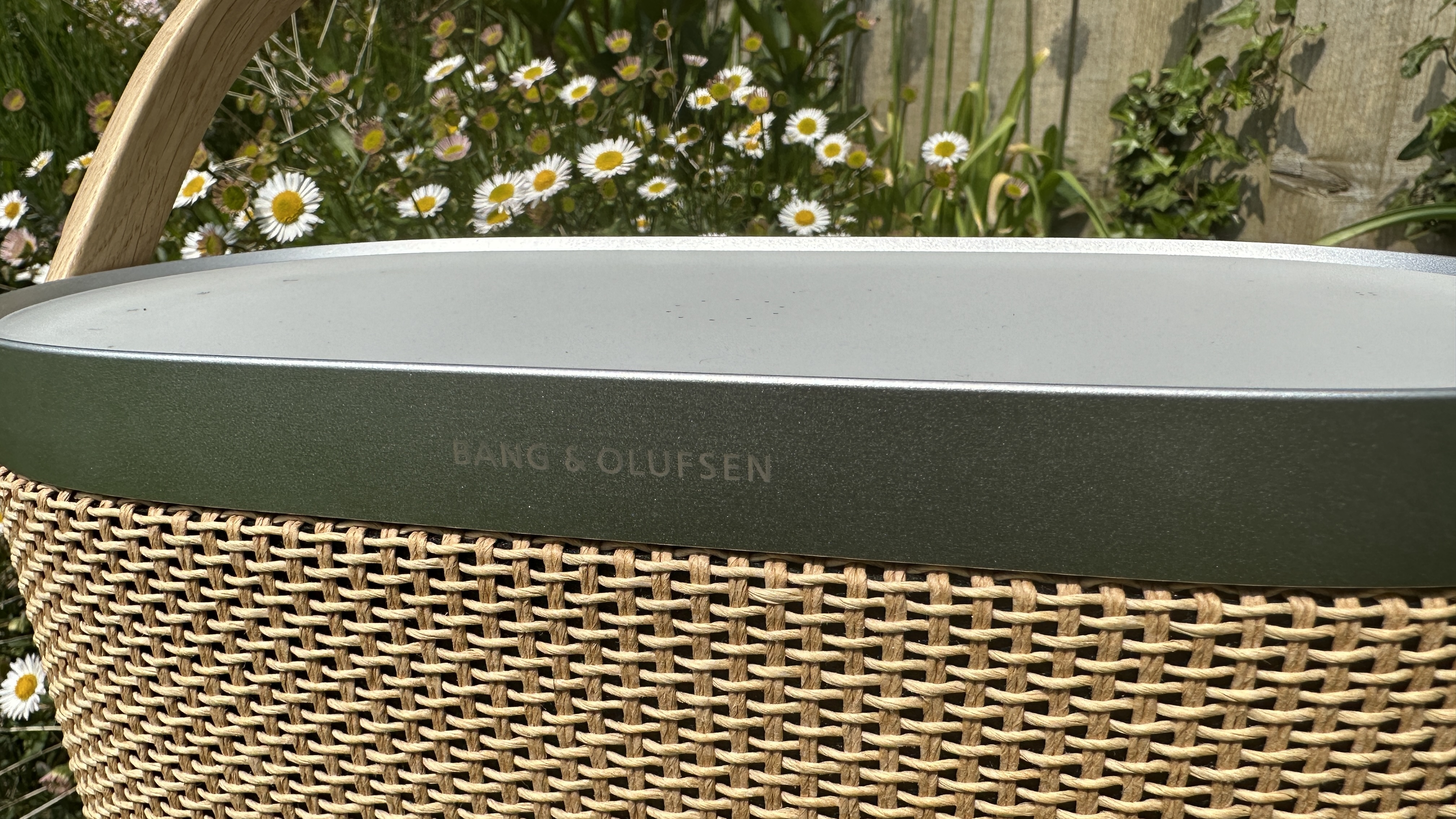
The Beosound A5 calibrates itself to your space quickly and accurately via the Bang & Olufsen ‘Music’ control app. And after that, it’s simply a question of streaming some music.
Two things are immediately apparent when using a Nothing Phone (1) to deliver audio via Bluetooth. The first is that the smartphone steps down to the bog-standard SBC codec - which seems to confirm the A5 is compatible only with SBC and AAC rather than anything of greater quality. That is a disappointment, no two ways about it.
The second is that the Beosound A5 sounds far larger and more expansive than its 187 x 285 x 130mm (HxWxD) dimensions might suggest is possible. And remarkable, room-filling scale is just one area in which the A5 exceeds expectations. It might look like a whimsical device, but the sound it makes is as serious as it gets.
Its tonal balance, for example, is very convincing. There’s a sort of natural, unforced and almost instinctively correct quality to the sound of the A5, and a properly judged balance throughout the frequency range.
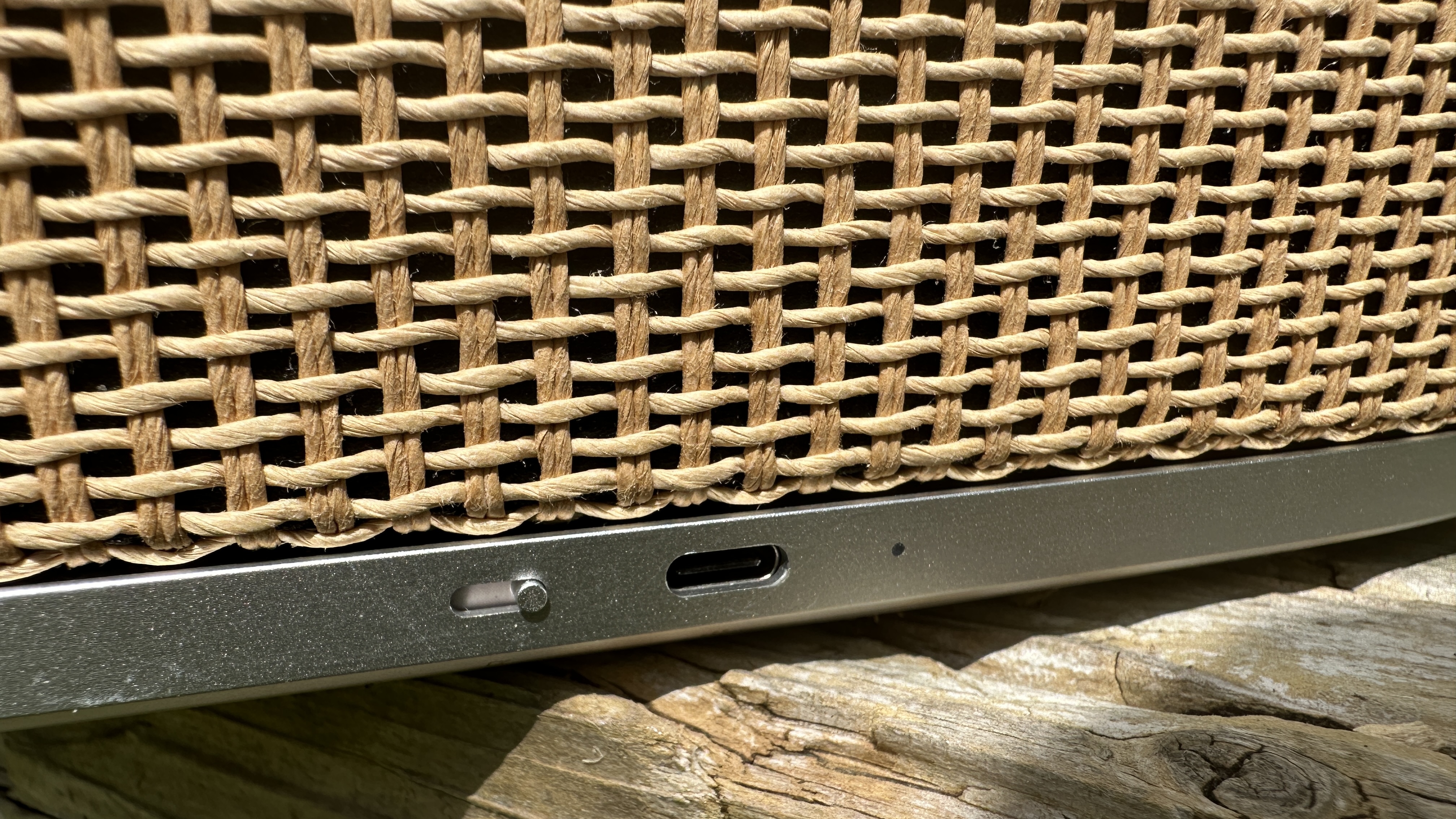
Yes, this speaker is capable of frankly unlikely low-frequency presence - but it’s no blunt instrument where bass is concerned. Control is straight-edged and responsive, and the discipline with which the A5 attacks low-end stuff means rhythmic expression is impressive and momentum is never in doubt. Detail levels as regards tone and texture are high, and the A5 hits good and hard.
The transition into the midrange is super-smooth, and once there the sound is similarly confident and involving. The impressive levels of detail mean vocalists are given full expression - even if you’re listening to one of the world’s more compressed radio stations. The scale and definition of the presentation means that same vocalist gets plenty of breathing space in which to operate, too - but the sound is never remote or in any way removed. The singularity of the soundstage is just as convincing as its large-scale nature.
At the top end, there’s the same sort of willingness to attack the information as is on display elsewhere. Treble sounds are crisp and shining, but there’s no suggestion of hardness to the sound. Even the most rapid, most transient or most tangential high-frequency sounds are properly shaped and controlled, and seem of a piece with the rest of the frequency information.
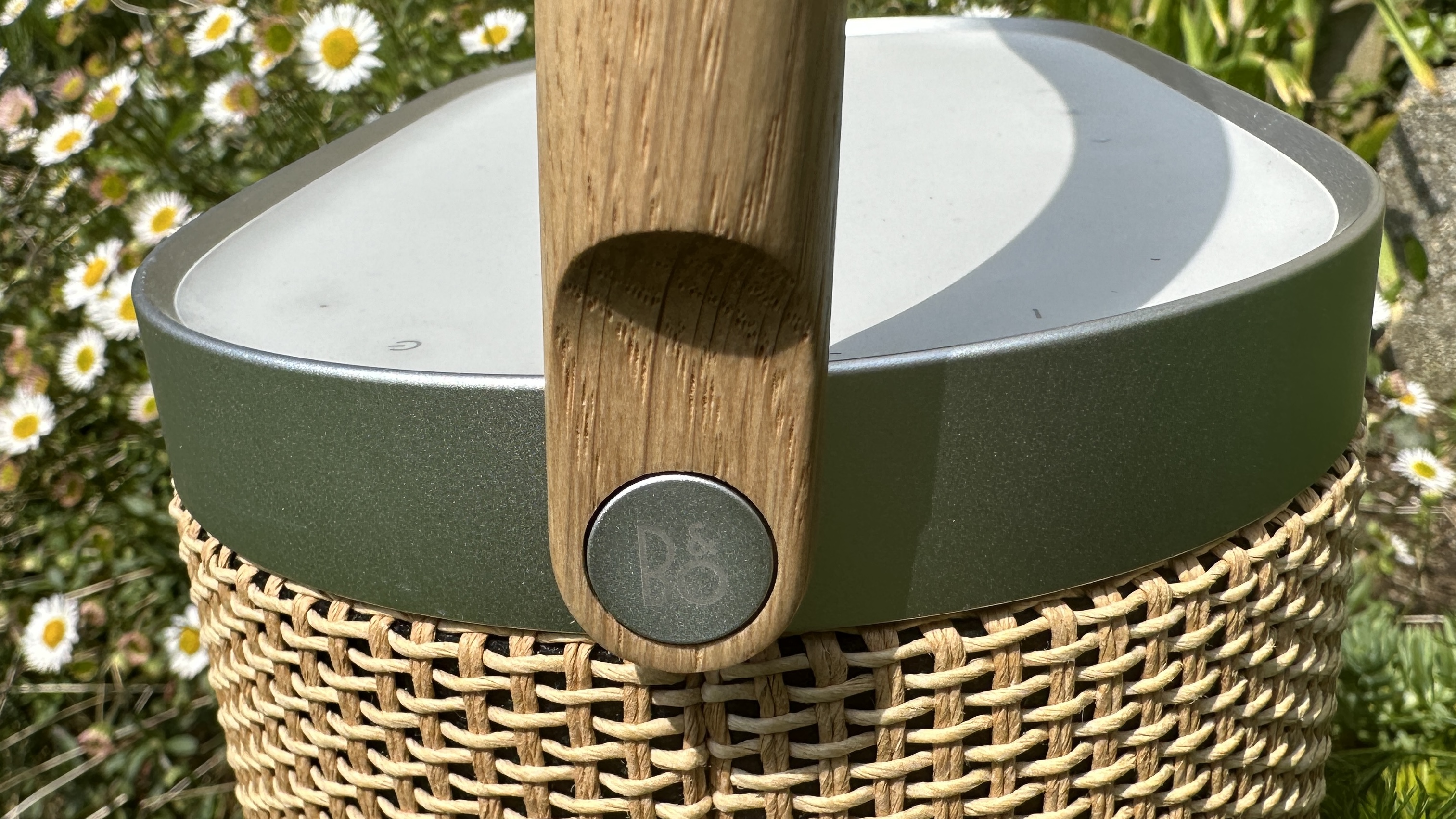
The Beosound A5 demonstrates real positivity where dynamics are concerned, too. Naturally enough the speaker has little difficulty putting worthwhile distance between the quietest and the noisiest passages of a recording - but it’s also alert to the more subtle, but no less significant, harmonic dynamics apparent in an unaccompanied voice or solo instrument. That you’re getting the complete picture, no matter how spare or how complex a recording, is never in serious doubt.
And it’s fair to say the Besound A5 maintains all of these characteristics no matter the volume level you decide to play it. Even when really pressing on, it doesn’t alter its attitude and it remains completely unstressed… it simply gets louder.
But while the sound it generates is considerably larger than the box from which it emanates, the promise of ‘360-degree’ sound isn’t really delivered on. ‘Big’ sound is one thing, but an immersive, enveloping sound is quite another - as anyone who’s heard the Sonos Era 300 (for instance) will know. You’ll need to temper your expectations where this aspect of the Bang & Olufsen’s performance is concerned.
B&O Beosound A5 review: Design & Usability
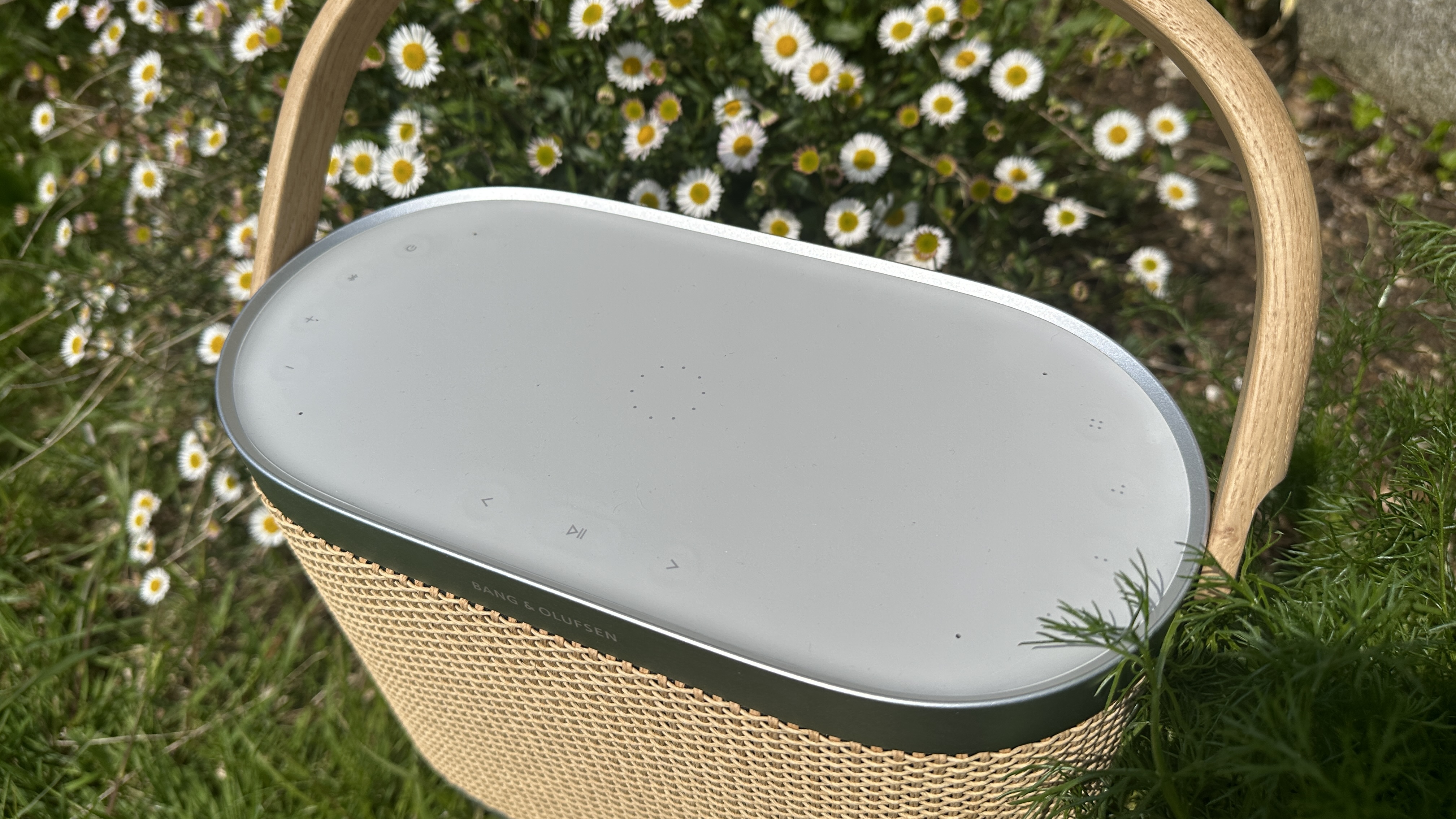
Bang & Olufsen is keen to make a direct connection between some of its classic products like the Beolit 607, 800 or 1000 models to the Beosound A5. The Danish-Italian company GamFratesi Studio, which collaborated with Bang & Olufsen on the design of the A5, reckons the look and feel of the woven paper fibre material invokes thoughts of the Panama hat. They’re both wrong, though - and probably on purpose. The Beosound A5 looks like a little picnic basket.
And if you can be sure of individualistic design where Bang & Olufsen products are concerned, you can be equally confident that build quality is deeply impressive. The paper fibre weave that wraps around the A5 is flawlessly applied, and meets the nicely tactile aluminium plates on the top and bottom of the speaker perfectly evenly. The oak handle, with its branded hinges, feels great in the hand. The physical controls on the top surface are little pushy dents in a gently rubberised material. None of this really goes to justify the outrageous asking price, but it does at least let you know your wireless speaker was designed and constructed without obvious compromise.
Getting what you want from the A5 is straightforward enough. The physical controls on the top plate cover off the basics: ‘power on/off’, ‘Bluetooth pairing’, ‘play/pause’ and ‘volume up/down’. There is also that Qi charging patch, and four ‘preset’ buttons that can give fast access to favourite radio stations or playlists.
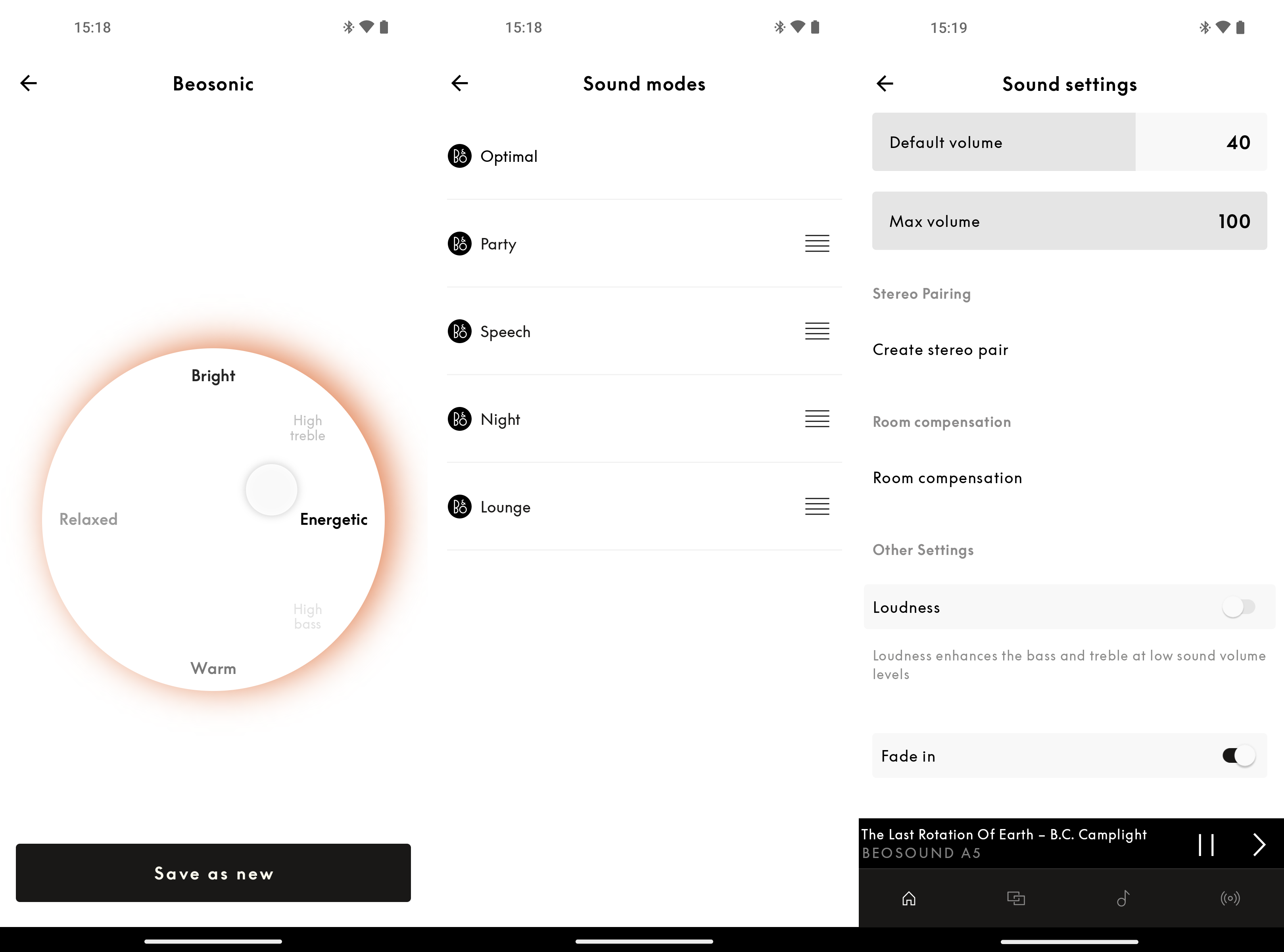
You can define your favourites in the Bang & Olufsen ‘Music’ control app. It’s one of the more stable, easily navigated and all-around usable apps, and it looks pretty good too (especially the ‘Beosonic’ graphic EQ adjuster). As well as assigning favourite radio stations or playlists to the ‘preset’ buttons, it allows you to integrate your Deezer account, switch ‘omni’ sound on or off, set ‘default’ and ‘maximum’ volume levels, switch ‘loudness’ on or off, check for software updates and all the other regular app-related stuff. It also lets you create a stereo pair with a second A5, and run a ‘room optimisation’ routine so the speaker can calibrate itself to its specific environment. It includes Bang & Olufsen’s splendid ‘Radio’ feature as well as TuneIn internet radio, and will allow you to create a multiroom system with other ‘Mozart’ speakers using BeoLink Multiroom. Broadly speaking, it’s as good as these things ever get when they don’t say ‘Sonos’ on them somewhere.
Though the Beosound A5 is compatible with Google Assistant, for reasons known only to Bang & Olufsen the speaker’s mic isn’t able to accept Google Assistant commands. So if voice-control is your thing, you’ll need to use your smartphone to issue your spoken instructions.
Bang & Olufsen Beosound A5: Verdict
In some ways, it’s difficult to know what to make of the Bang & Olufsen Beosound A5. The looks will divide opinion, for sure, and the asking price will raise eyebrows quicker than supermarkets raise prices. It’s got one or two gaps in its specification (or, at least, the specification it’s prepared to divulge), too.
However, it’s uncomplicatedly enjoyable to listen to, has longevity built in, and will make you the centre of attention at your next picnic. Have you got £899/$1099 for a battery-powered wireless speaker? Well, then you’re in luck…
Also consider
Well, you could also consider two very good battery-powered wireless speakers from the likes of Dali and Sonos - the A5 is so expensive in this market, even the Sonos Move we described as “unusually pricey” is less than half the price. So yes, perhaps a Sonos Move or two is the place to start - it’s quite big and inelegant next to the A5, but it sounds good, is a little more rugged, and has more straightforward voice-control too.







